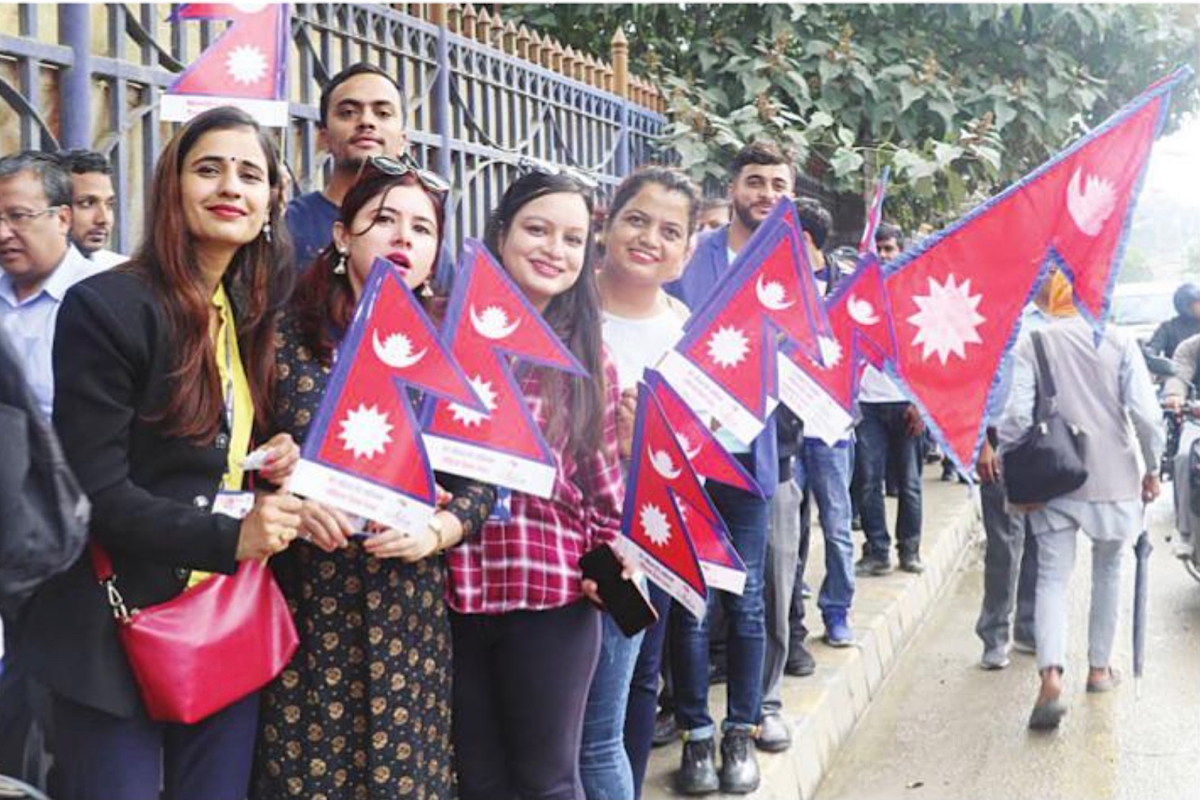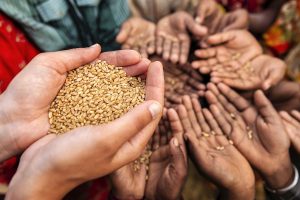Nepal adopted through the Constituent Assembly-2 (CA) a new constitution on 20 September 2015. Since then two parliamentary, provincial and local level elections have taken place. Nepal had opted for First-Past- the-Past (FPtP) electoral system for its first election to the House of Representatives (HoR) in 1959. The King dissolved the elected Parliament, dismissed the duly elected government and suspended the constitution on 15 December 1960 and the partyless panchayat system was introduced. It prevailed for three decades till it was thrown out by the people’s movement in 1990.
The constitution promulgated in 1990 accepted again the First-Part-the-Post system to elect the HoR. And subsequently, three general elections were held in 1991,1994, and 1999. The Constitution had provided for minimum five per cent nominations of women for the 205 seats of the HoR. This provision could not provide meaningful representation of women in the House, as in these three elections their representations were confined only to 2.9, 3.4, and 5.5 per cent respectively.
Advertisement
Due to the Maoist insurgency, the uncalled for dissolution of the HoR by the Nepali Congrss and the royal takeover, no election was held till the CA-1 election, which was conducted in 2007 under the Interim Constitution framed by the Maoists and the Seven-Party Alliance as per the peace accord. However, the Interim Constitution of 2007 provided for a mixed parallel electoral system to make representation more proportional in the CA. It provided for 335 seats to be elected under Proportional Representation (PR) segment, 240 seats under FPtP segment and 26 members to be nominated by the government, which made the CA a House of 601 mem- bers. Thus, sixty per cent seats were to be elected through PR and forty per cent through FPtP system with a condition to ensure 33 per cent represen- tation for women in the CA.
The new Constitution does provide for a mixed parallel electoral system again but reverses the ratios of the two segments. As per the Constitution, the HoR has a total of 275 seats out of which 165 seats are to be elected under FPtP (60 p.c.) and 110 (40 p.c.) seats under PR system. The Constitution continues to provide for 33 per cent representation for women. Though there is no fixed percentage for women’s representation for 165 seats to be elected directly (FPtP), the 110 PR seats are meant to compensate the deficit of 33 per cent quota for representation of women in the HoR.
To make representation inclusive and proportional, the PR seats are divided in different categories of population such as, Dalit, Indigenous nationalities, Madhesi and Muslim etc. and each category is mandated to nominate minimum fifty percent women candidates against their quotas. And this has helped achieve 33 per cent representation of women in the HOR. In the last election of 2022, only nine women candidates were elected against 165 seats.
However, the PR segment covered 82 seats making up a total of 91 women in Parliament to cover the 33 per cent obligation. Thus, the makers of the Constitution made the PR category a com- pensatory segment to fulfill the aspirations of women in the new democratic dispensation. Curiously, the MPs elected under PR system are not regarded as real representatives by the people, as they do not represent any geographic constituency. But the fact remains that no political party has fielded minimum 33 per cent women candidates under the FPtP system. There may be several social, physical, financial, psychological and
practical barriers to it.
In a country like India, which has FPtP as its electoral system, there is another way to ensure 33 per cent representation of women. All HoR seats should be given a serial number and every third constituency should be declared as a women’s constituency in which only women candidates can contest. After every two elections, the reservation should rotate. For example, constituency no. 3, 6 and 9 will be reserved for women in the first election.
After ten years, constituency no.2, 5 and 8 will be reserved for them. And after another ten years, constituency no. 1,4 and 7 will be reserved for them. Again after ten years, constituency no.3, 6 and 9 will be declared as seats for women. One constituency will remain reserved for women for ten years (two general elections) to enable one MP to represent her constituency for ten years or two terms.
By rotating the reserved constituencies, voters will have both men and women as their representatives at an interval of ten years (two general elections). If seats are reserved for women in accordance with the majority of the voters of a constituency, it may create problems to declare which constituencies should be reserved for women against one-third quota when the number of constituencies having majority of women exceeds one-third the seats.
It seems to be an act of mercy to reserve 33 per cent seats for women, when their number is more than 50 per cent in the country. The ideal number. of seats should be either 50 per cent ot as per the percentage of the women population. The 50 per cent quota for women can also be fulfilled as per the rotational scheme stated above.
(The writer is a former Election Commissioner of Nepal and is associated with the Civil Campaign for Democracy.)











